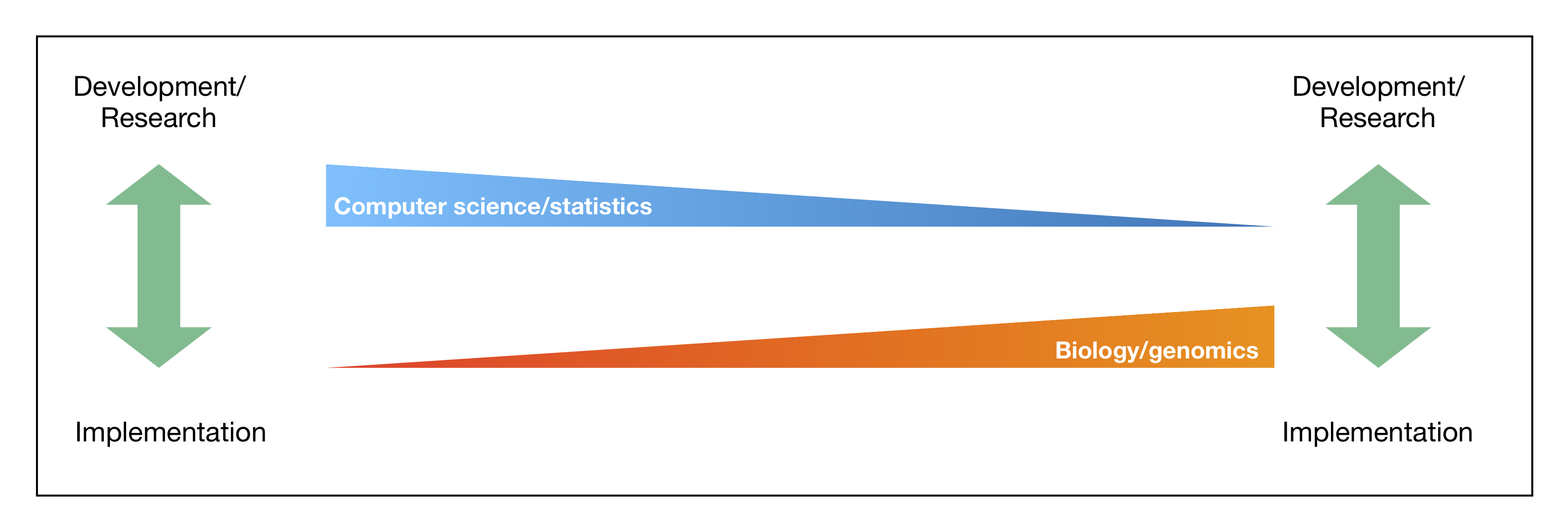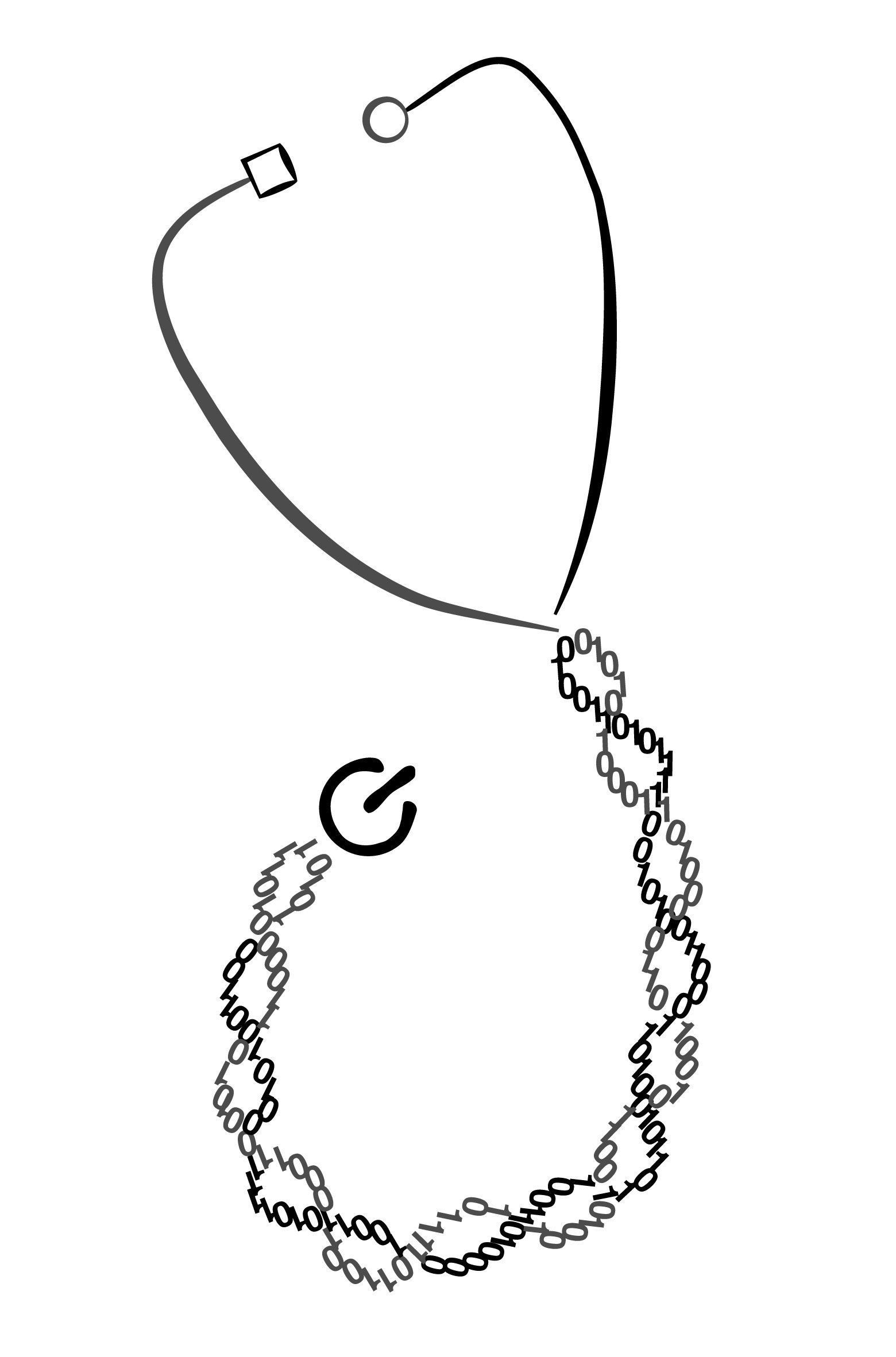Bioinformatics for beginners !
Introduction
This post will be most useful to people who are unfamiliar with bioinformatics, either having trained in clinical or biological sciences with human applications, or people having trained in computer sciences (CS) who would like to understand better how to bridge CS and health sciences.
What does a bioinformatician do?
By definition, bioinformatics is a science positioning itself at the intersect of:
- Biology
- Statistics
- Computer sciences
Different types of bioinformaticians
Bioinformatics is a very heterogeneous scientific domain and as computer science (CS) is becoming increasingly needed in all fields of health research, diagnostic medicine and even management medicine (e.g. selection of targeted therapy), clinicians are becoming more familiar with this emergent field. However, many bioinformaticians will never work in close proximity with clinical sciences and either pursue academic or industry careers.
Although this represents an oversimplification, Bioinformatics can be broadly divided into categories:
- Pipeline: algorithm development (and optimization), coding and implementation
- De novo assembly
- Sequence alignment
- Variant calling
- Annotation of genomic data (reference databases query and database development)
- Variant filtering
- (data interpretation is not performed at this level)
- Informatics analysis and support
- Quality assessment
- Technical support
- Genomic analysis
- Data analysis and interpretation

People from diverse training background pursue training in bioinformatics, including individuals with background in biological sciences and computer sciences background, and more rarely, from statistical/mathematical background.
Bioinformaticians seldom work alone in this era of big data. A team of bioinformaticians requires diversity.
comments powered by Disqus